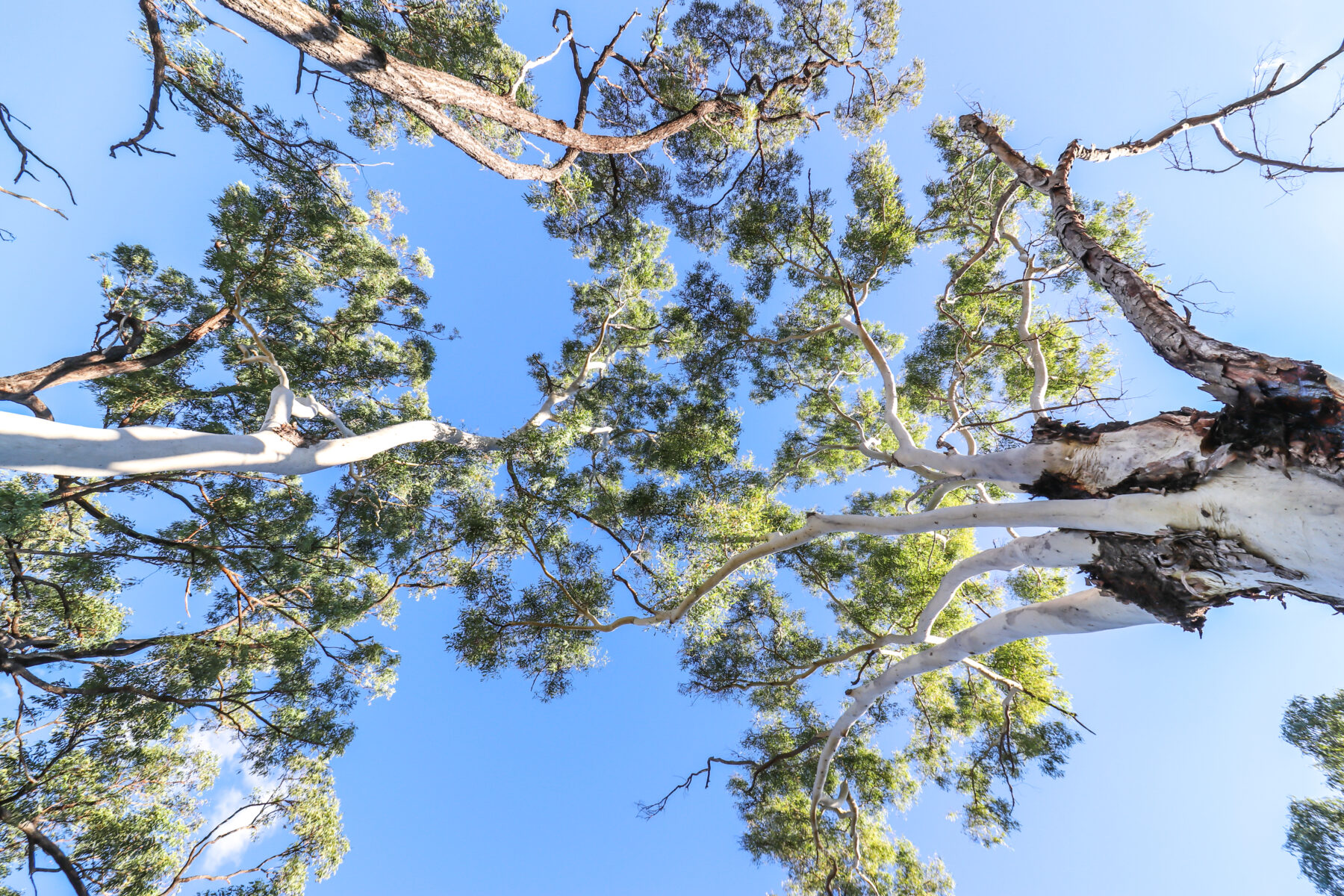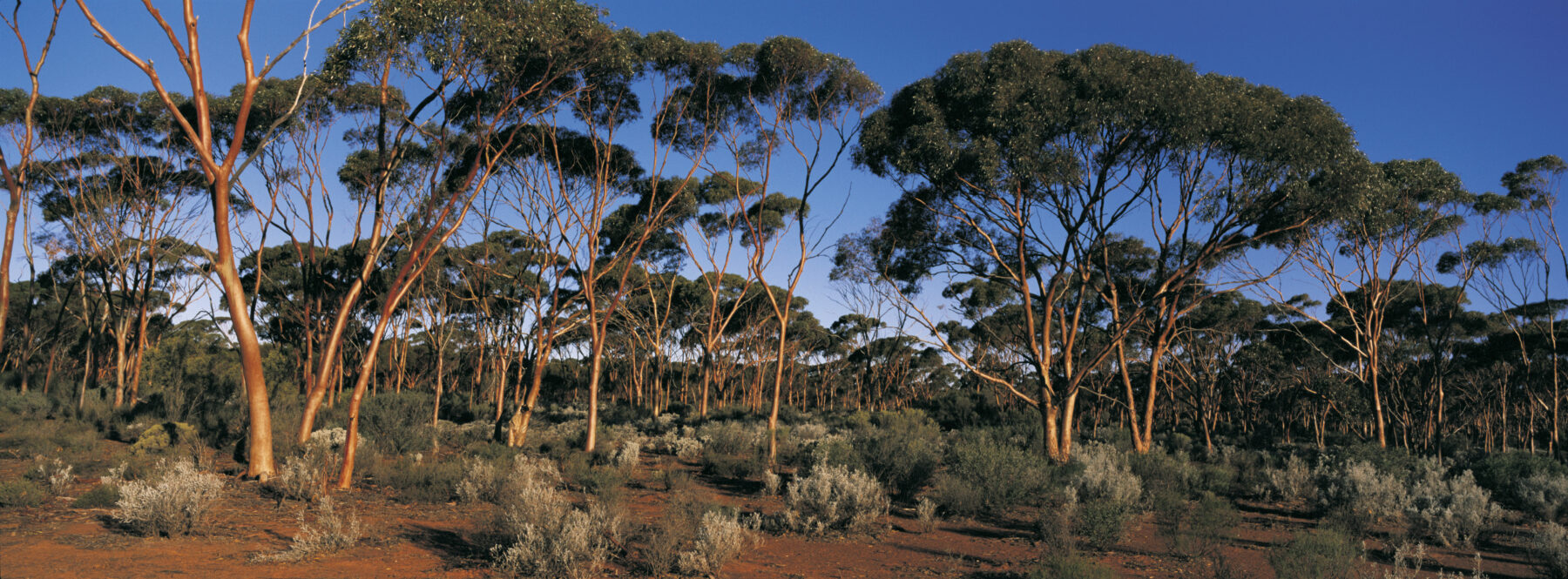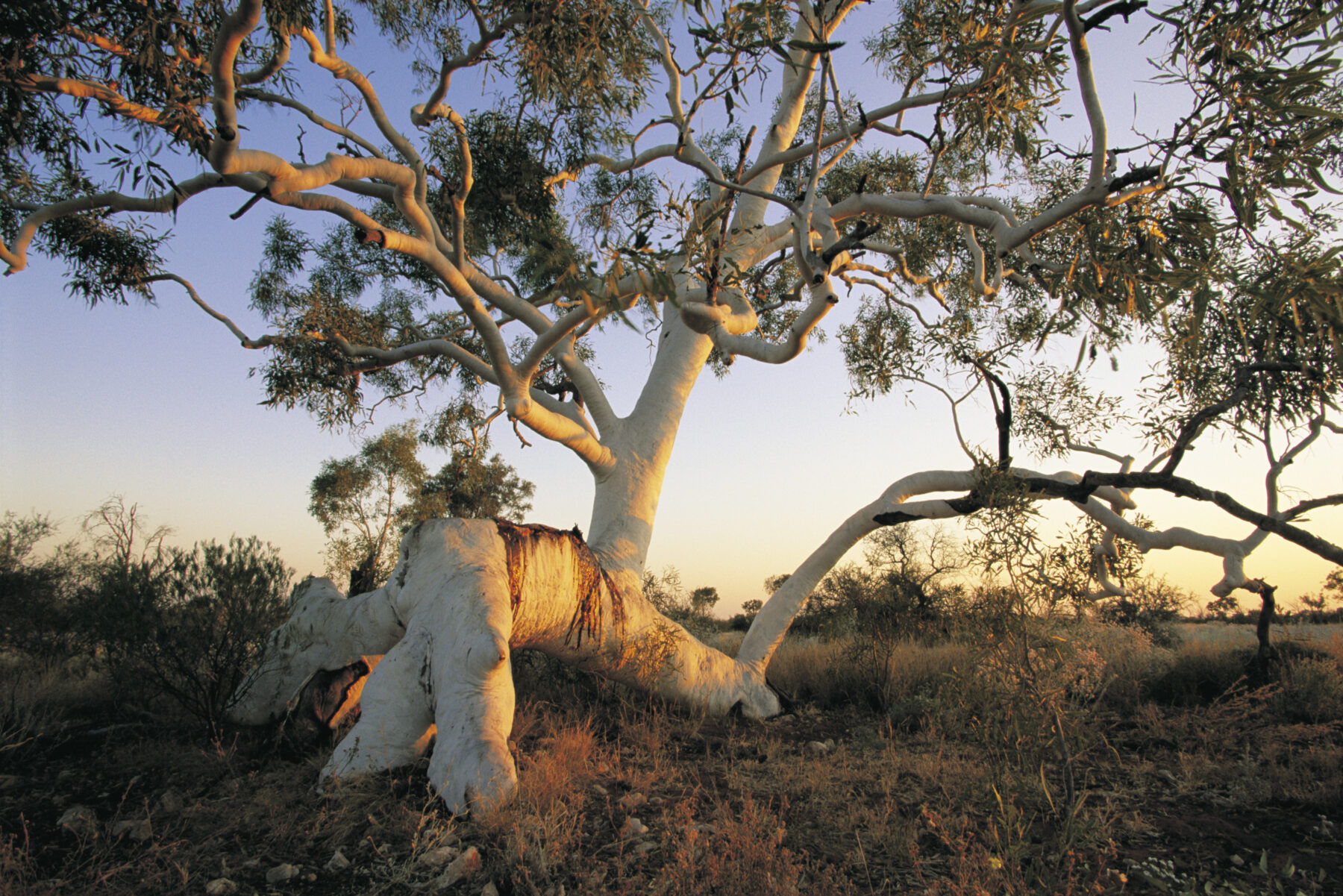Are eucalyptus trees really ‘widow makers’?

There’s an old idiom I still hear every now and then that pops up in relation to eucalyptus trees – ‘widow makers’.
An old colloquialism not exclusively applied to eucalypts, it is used to describe anything that could quickly kill a man, leaving a widow behind.
It is widely accepted that large eucalypts have earned this reputation due to their well-documented propensity to drop large branches – onto cars, houses and people.
But it’s not that simple.

After a little digging, I found the term was first used to describe eucalypts by early European settlers during a prolific era of native forestry.
Then, I discovered an expert on the phenomenon: Associate Professor Cristopher Brack from the Australian National University’s Fenner School of Environment and Society.
“It comes from the days of native forest harvesting when people were using axes and chainsaws out in the eucalypt forests,” Cristopher explains.
“If they didn’t pay attention and didn’t notice branches broken up in the crown of the tree, when they’d start chopping down the tree, those broken branches would fall, and could kill you.”
Because most forestry workers in those days were males, the falling branches were dubbed widow makers.
Myth debunked
While they got – and continue to get – a bad rap, it’s not just eucalyptus trees that can become dangerous.
“Almost all trees, once they reach a certain age, carry dead wood in their canopy,” says Cristopher. “And very often that dead wood is structurally sound, it’s attached up there. But in storms and wind and with other disturbances [like being chopped down!] it can break.”

What makes eucalypts different from other trees is their abundance.
“In Australia, eucalypts are by far the dominating tree… so if you see dead wood in a canopy, the chances are it’s a eucalypt dead branch,” Cristopher explains.
“Let’s remember, these were native forests they were harvesting… so most of the trees were eucalypts.
“Yes, there were other trees out there, like the casuarina, but the eucalypts were also the species the harvesters wanted because they’re the best-quality tree.”
What is ‘sudden branch drop’?
‘Sudden branch drop’ is another string of words I often hear when the dangers of eucalypts are being discussed.
It’s an arboriculture term for the occurrence of dead and decaying branches suddenly falling from a tree, without any apparent cause for their dislodgement.

“Dead branches in canopies do occasionally fall, you expect that in storms and rain and what have you, but every now and then there’ll be a perfectly still night or day… and a branch will just fall off for no obvious reason – that’s ‘sudden branch drop’,” says Cristopher.
However, just like dead branches in canopies, ‘sudden branch drop’ isn’t exclusive to eucalypts.
“It’s reputed to be a eucalypt thing, but, again, a tree in Australia is most likely to be a eucalypt!”
Can we go back to loving them now?
So, there you have it. Eucalypts seem to be a victim of their own popularity, unfairly vilified alone for the traits of many tree species.
“I think eucalypts are such clever trees,” says Cristopher. “They exist in incredibly harsh environments, and they thrive. I do love them.”
He’s not alone in his affections for these spectacular species.
We can all now go back to embracing these deeply embedded parts of our cultural identity, and to loving them warts (falling branches) and all.





